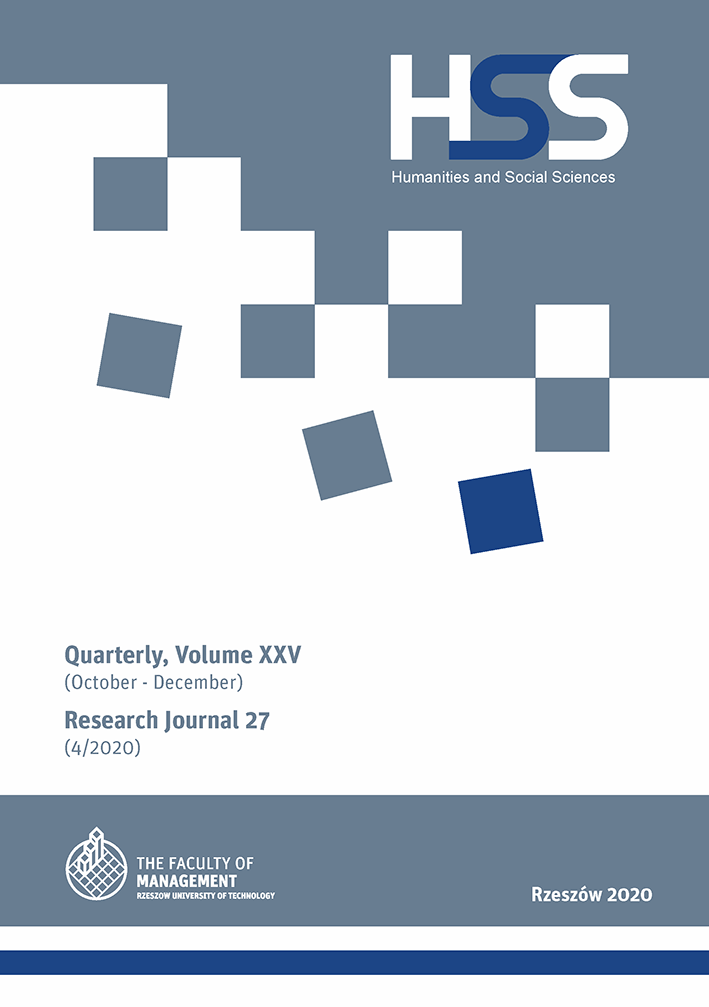Abstrakt
This paper examines the development of the military potential of Taiwan (ROC) in 2017–2020 against the background of threats resulting from the aspirations of the People’s Republic of China. Taiwan is one of the fastest developing countries in the world. This paper presents the latest trends in terms of the scale and scope of modernization of the Taiwanese armed forces, with particular regard to land forces in 2017–2020, and the factors that had a direct impact on the process, such as its geopolitical location and power, and the ever-increasing threat from China. Both of these countries strive to maximize their power and preserve their interests in joint relations. Realism as a doctrine of international relations is well known and implemented in the PRC, and factors such as nationalism only strengthen it. Taiwan is still considered part of its former “homeland,” and Taipei’s proclamation of independence could lead to war, even if the Chinese economy were to suffer. On the other hand, Taipei’s raison d’être is to ensure its own security through the development of its military and economic potential and faith in external help. Mutual fears between Taipei and Beijing and other countries in the region are exacerbated by the so-called security dilemma, which means that any actions aimed at ensuring greater military potential by China will be poorly received in Tokyo, Seoul, Hanoi, Taipei, and especially in Washington, and will cause even greater armament on their part, which may lead to war.
Bibliografia
Allison, G. (2018). Skazani na wojnę? Czy Ameryka i Chiny unikną pułapki Tukidydesa? Bielsko-Biała.
Bartkiewicz, A. (2020). Tajwan zwiększa wydatki na obronność o ponad 10 proc. [Access: 24.09.2020]. Access on the internet: https://www.rp.pl/Chiny/200819793 Tajwan-zwiekszawydatki-na-obronnosc-o-ponad-10-proc.html.
Bartosiak, J. (2016). Pacyfik i Eurazja. O wojnie. Warszawa.
Bush, R. (2015). .At cross purposes: US-Taiwan relations since 1942. Routledge.
Chen Chun-hua, Ko Lin (2020). Military police to get CM-34 armored vehicles [Access: 30.09.2020]. Access on the internet: https://focustaiwan.tw/politics/202008250020.
Ching-Tse, Ch. (2020). Taiwan ranks 26th in global military strength index [Access: 24.09.2020]. Access on the internet: https://www.taiwannews.com.tw/en/news/3945511.
Globalfirepower (2020). [Access: 27.09.2020]. Access on the internet: https://www.globalfirepower.com/country-military-strength-detail.asp?country_id=taiwan.
Góralczyk, B. (2019). Powrót Chin do centrum światowej sceny. „Rocznik Strategiczny”, Vol. 24, 2018/19. Warszawa.
Mierzejewski, D., Chatys, M., Ciborek, P. (2020). Globalny i regionalny wymiar polityki zagranicznej Chińskiej Republiki Ludowej. „Rocznik Strategiczny”, Vol. 25, 2019/20. Warszawa.
Mitchell, B.R. (2003). International historical statistics: Africa, Asia & Oceania, 1750–2000. National Defense Report (2019). [Access: 1.10.2020]. Access on the internet: https://www.ustaiwandefense.com/tdnswp/wp-content/uploads/2020/02/Taiwan-NationalDefense-Report-2019.pdf.
Reuters (2019). [Access: 4.10.2020]. Access on the internet: U.S. State Department approves possible $2.2 billion arms sale to Taiwan. https://www.reuters.com/article/us-usa-taiwan/u-sstate-department-approves-possible-2-2-billion-arms-sale-to-taiwan-idUSKCN1U32HT.
Reuters (2020). Taiwan proposes 10% increase in defense spending for 2021 [Access: 5.10.2020]. Access on the internet: https://www.taiwannews.com.tw/en/news/3986450.
SIPRI Military Expenditure Database (2020) [Access: 27.09.2020]. Access on the internet: https://sipri.org/databases/milex.
Sułek, M. (2013). Potęga państw: modele i zastosowania. Warszawa.
Sułek, M., Białoskurski, R., Kiczma, Ł. (2019). Potęga państw. Rankingi potęgometryczne [Access: 1.10.2020]. Access on the internet: http://prnet.org.pl/img/pub/pot%C4%99gapa%C5%84stw-2019-rankingi-pot%C4%99gometryczne.pdf.
Sułek, M., Kiczma, Ł. (2020). Potęga państw. Rankingi potęgometryczne. Warszawa.
Surdacki, R.(2020). Tajwan przygotowuje się do przyjęcia Abramsów (2020) [Access: 30.09.2020]. Access on the internet: https://www.defence24.pl/tajwan-przygotowuje-sie-doprzyjecia-abramsow.
Szopa, M. (2020). Defence 24. Rekordowy wzrost wydatków na zbrojenia. To już koniec? [Access: 27.09.2020]. Access on the internet: https://www.defence24.pl/rekordowy-wzrostwydatkow-na-zbrojenia-to-juz-koniec-komentarz.
Szopa, M. (2020). Defence 24. Tajwan: armii brakuje rezerw. Powodem „rofesjonalizacja” [Access: 28.09.2020]. Access on the internet: https://www.defence24.pl/tajwan-armii-brakujerezerw-powod-profesjonalizacja-komentarz.
Taiwan Demographics (2020). [Access: 27.09.2020]. Access on the internet: https://www.worldometers.info/demographics/taiwan-demographics/#pop.
Tajwan buduje przeciwpancerną tarczę. Defence 24 (2020) [Access: 30.09.2020]. Access on the internet: https://www.defence24.pl/tajwan-buduje-przeciwpancerna-tarcze.
The Military Balance 2017. International Institute for Strategic Studies-Routledge. London 2017.
The Military Balance 2018. International Institute for Strategic Studies-Routledge. London 2018.
The Military Balance 2019. International Institute for Strategic Studies-Routledge. London 2019.
The Military Balance 2020. International Institute for Strategic Studies-Routledge. London 2020.
The Republic of China Yearbook (2014). Executive Yuan, R.O.C.
Werner, B. (2019). China’s Newest Aircraft Carrier Transits Taiwan Strait [Access: 5.10.2020]. Access on the internet: https://news.usni.org/2019/12/26/chinas-newest-aircraft-carrier-transitstaiwan-strait.
Ye Zicheng (2011). Inside China’s Grnad Strategy. The Perspective from The People’s Republic. Lexington.


